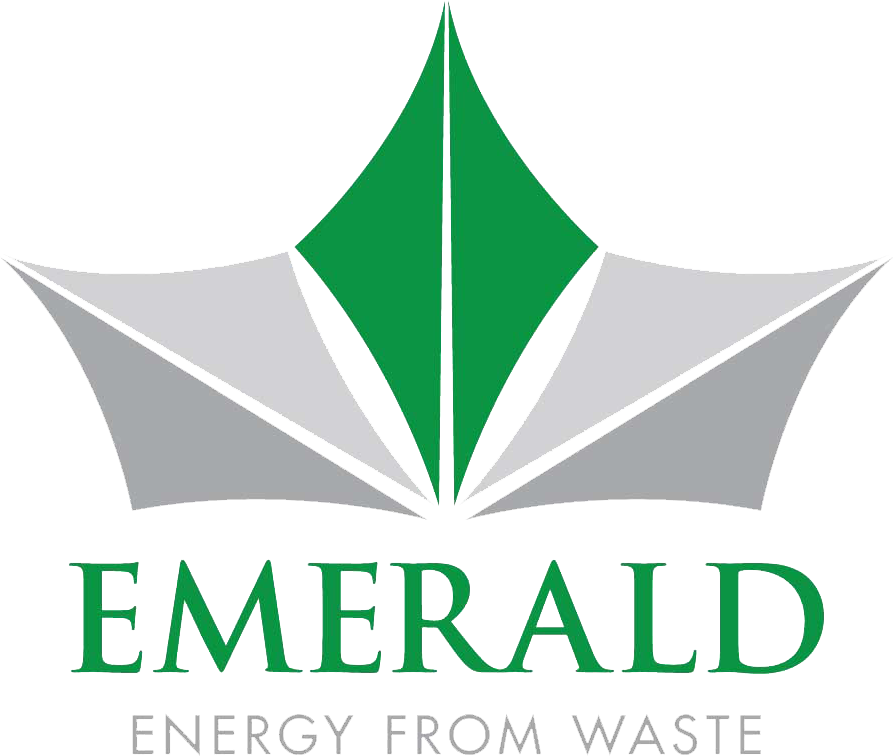Green Hydrogen
Emerald Green Energy
A Clean Energy Source
Hydrogen is an emission-free fuel. When used, hydrogen releases only water – it does not release any carbon or nitrogen contaminants. Whether used in electric cars, buses, trucks, or trains or used to supplement diesel or natural gas, hydrogen can help “de-carbonize” our energy system and substantially enhance urban air quality.
The critical factor to successfully advance the hydrogen economy is establishing an efficient system for generating and distributing hydrogen at a price that can compete with carbon-based fuels. Producing and distributing hydrogen locally lowers capital and distribution costs, enabling it to be offered at a price that is competitive with gasoline, diesel, and natural gas.
Emerald Green Hydrogen™ is produced and distributed locally. Its high quality and competitive price makes it ideal for powering fuel cell electric vehicles or supplementing carbon-based fuels like diesel, natural gas, or propane.
Emerald Green Hydrogen is produced with renewable energy. Emerald recovers energy from municipal solid waste as steam, heat, electricity, and hydrogen. These energy products return value to the businesses and residents of our community.


Revolutionizing Transportation
Commercially accessible hydrogen can help de-carbonize the transportation sector, improving its sustainability and significantly reducing pollutants and greenhouse gas emissions from buses, trucks, trains and automobiles. As hydrogen fuel use grows, emissions of nitrogen oxides, volatile carbon compounds, fine particulate matter, and greenhouse gases will diminish, enhancing urban air quality.
Hydrogen is a viable option today for zero-emission electric vehicles. Fuel cell buses, trucks, trains and cars are fully developed and commercially available.
Additionally, hydrogen can be used to supplement carbon-based fuels, creating hybrid fuels that are more efficient and produce fewer emissions. The use of hybrid fuels in existing vehicles can be a bridge between existing fleets and future hydrogen-powered fleets.
Emerald Green Hydrogen can facilitate the transition into the hydrogen economy by offering a locally sourced, competitively priced hydrogen supply. A dependable source of hydrogen will promote the adoption of hybrid fuels and contribute to the expansion of new hydrogen-powered vehicles.
Emerald Green Hydrogen is local. It is produced within the Greater Toronto Area and available for distribution to area businesses.
Emerald Green Hydrogen is produced with renewable fuel. Its price is not linked to fossil fuels, making it stable and competitive with carbon-based fuels.
Environmentally Friendly
Sustainable communities have a structured approach to managing their waste products, employing a hierarchy that focuses on extracting value from materials that otherwise have no worth. This hierarchy leverages economic remnants through a combination of 3Rs (Reduce, Reuse, Recycle) initiatives and energy recovery processes. By extracting value in this manner, communities maximize the economic, environmental, and social benefits from the resources and energy they consume.
Emerald Green Hydrogen is derived from a renewable source – the nonrecyclable fraction of municipal solid waste. The energy we recover benefits the community by providing low-carbon energy products such as steam, heat, electricity and hydrogen to power our businesses and homes. Rather than competing, the 3Rs and energy-from-waste systems complement each other. The 3Rs programs work in tandem to obtain benefits from high-value residues and harness the embodied energy contained within low-value residues.
Emissions from energy recovery are carefully monitored and controlled. Ontario has some of the most stringent, health-based emission criteria that protect our communities.

Understanding Hydrogen and Its Applications
Hydrogen is the simplest element in the universe, consisting of just one proton and one electron. It is an odourless, colourless gas (H2) that is much lighter than air. It is used in many industries, including metallurgy and food processing. One of its standout attributes is being a zero-emission fuel, producing no carbon emissions or nitrogen emissions when combusted or used as a source of electricity in fuel cells.
Hydrogen serves multiple roles, functioning as:
- An electron carrier, providing power to electrical devices, whether they are vehicles or stationary power equipment.
- A fuel that can be employed directly, either as a replacement for or in conjunction with diesel or natural gas engines, resulting in improved fuel efficiency and reduced emissions.
- An indirect fuel source when combined with CO2 to generate natural gas through a process known as methanization.
Why Choose Hydrogen Production?
Sustainable communities adopt a localized approach to managing their waste products.
Promoting Resource Recovery
Sustainable communities seek to extract the maximum value from all residual waste, materials that can’t be recycled for commercial, technical or economic reasons. Energy generated from residual waste plays a pivotal role in supporting these communities by:
- Offering a sustainable means of managing materials that can’t be recycled.
- Returning energy to the community as steam, heat, electricity and now hydrogen.
- Recapturing metals from non-recyclable materials.
- Creating opportunities to re-purpose ash into alternative construction materials.
Minimizing Landfill
Sustainable communities aim to minimize the volume of waste destined for landfills and its associated environmental impacts. Energy recovery plays a significant role in achieving this goal by:
- Diminishing the need for landfill disposal.
- Reducing pollutant and greenhouse gas emissions associated with waste transportation to remote landfills.
- Conserving agricultural lands and safeguarding rural communities from the impacts of landfill expansion.
- Reducing greenhouse gas emissions from landfills.
Harnessing Energy
Energy derived from waste captures the energy contained within materials that cannot be recycled for technical or economic reasons. Energy recovery can yield multiple advantages for the local community, such as:
- Supporting local industries and homes through electricity, steam or district heating.
- Diminishing the demand for energy from nonrenewable sources.
- Generating hydrogen locally for use as a transportation fuel.
Empowering Communities
Energy recovery contributes to the empowerment and resilience of local communities by delivering both economic and social benefits, including:
- Fostering the creation and growth of local businesses.
- Generating employment opportunities for local families.
- Supporting the development of local services and infrastructure.
FAQs: Emerald Green Energy
What is the environmental impact of using hydrogen as a fuel source?
Hydrogen is an emission-free fuel that releases only water when used, without producing any carbon or nitrogen contaminants.



